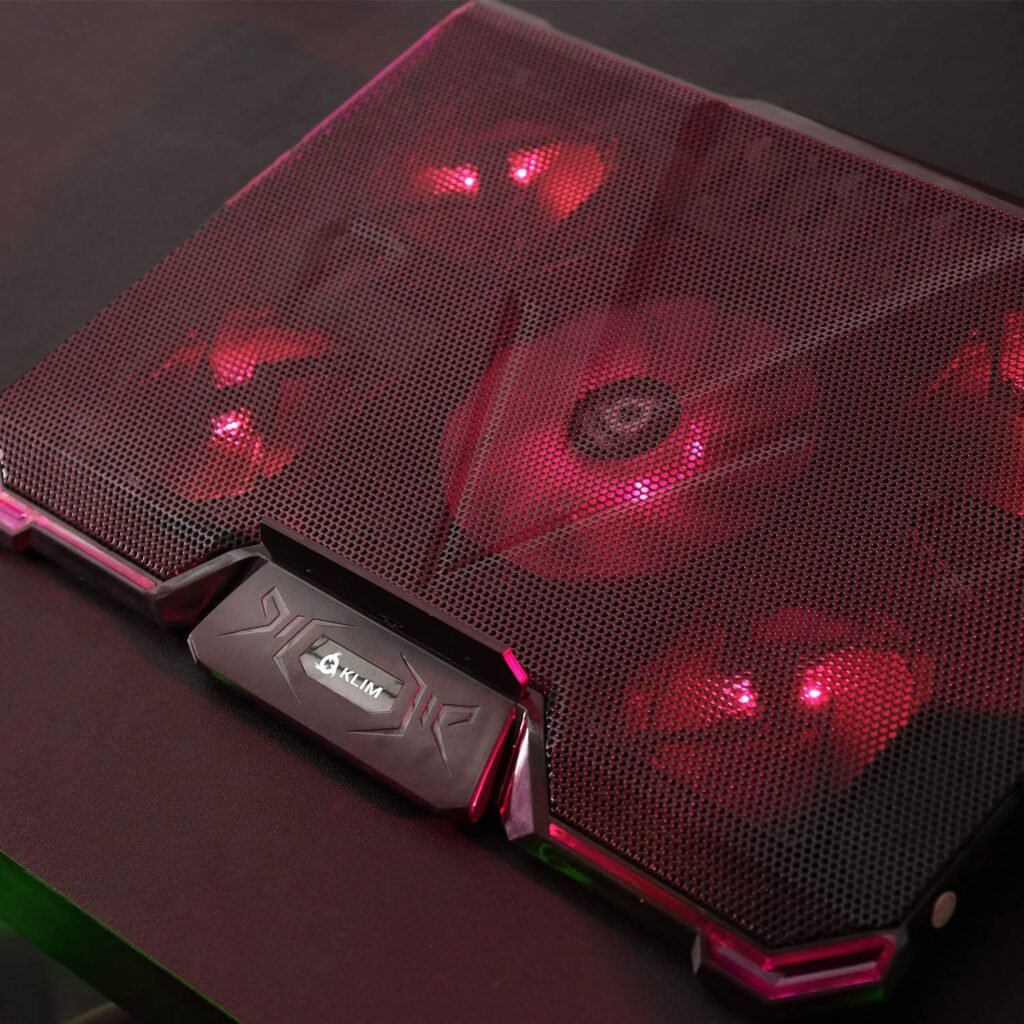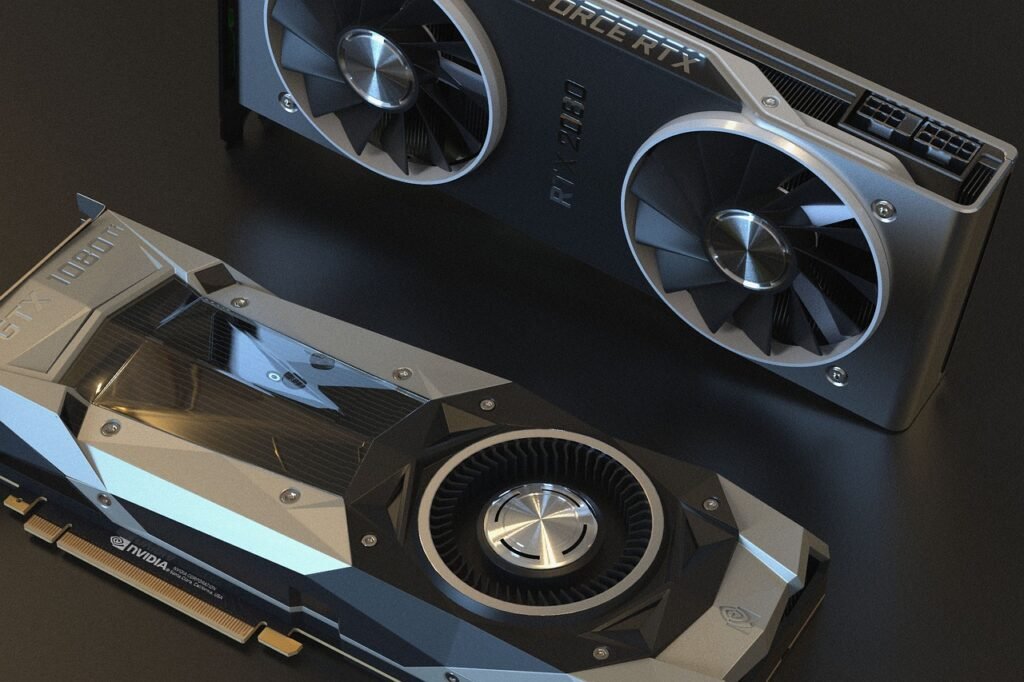The technology industry is evolving rapidly, and computer components are no exception. Graphics cards, also known as GPUs ( Graphics Processing Unit ), are essential components for gamers, content creators, and graphic design . However, like any other hardware component, GPUs can also show signs of failure over time.
In this article, we'll take a close look at the warning signs that your GPU is dying. Whether you're an avid gamer or a professional who depends on high graphics performance, it's important to recognize these signs to take necessary action and avoid future problems.
Before we begin…
Before concluding that your GPU is to blame for poor performance , it is important to rule out potential software issues or hardware issues with other components that may be causing similar symptoms. Make sure your GPU drivers are up to date, check other components such as RAM and SSD , and make sure your GPU is installed correctly .
If the signs of failure persist even after eliminating these issues, it's likely that your GPU is dying. Now let's look at the specific warning signs to look out for.
1. Loud and unusual fan noises

GPUs generate heat while operating , and built-in fans are designed to cool the GPU and maintain safe operating temperatures. If you notice that your graphics card's fans are suddenly spinning at a higher RPM and making a loud, unusual noise , this may indicate that the GPU is overheating. This could be due to dust buildup in the fan or heatsink, or a problem with the cooling system itself.
2. Your integrated card works better
Most modern computers have both a dedicated GPU and a graphics card integrated into the processor . The integrated graphics card is generally less powerful than the dedicated GPU, but it may be sufficient for basic tasks such as browsing the web or watching videos . If you notice that your computer performs better when you turn off your dedicated GPU and use the integrated graphics card, this may be a sign that the dedicated GPU is failing.
3. High GPU temperatures without excessive load
Under heavy load, the normal operating temperature of a GPU is typically between 65°C and 85°C , while it should be below 30°C-40°C when idle . However, if your GPU has a hardware problem, it may run hotter than usual. If you notice several warning signs and suspect that your GPU is dying, monitor its temperature closely.
If the GPU temperature remains high even at idle or increases rapidly under light loads, this is another sign that your GPU might have an issue that requires further investigation.
4. You often get GPU-related errors

GPU drivers are software that allows your operating system to communicate and control your graphics card . If you're experiencing frequent GPU-related errors, such as driver error messages or application crashes , this could be a sign that the GPU is failing . Try updating your GPU drivers to the latest version and check if the issue persists.
5. Poor graphics processing and drop in FPS
One of the most obvious signs of a dying GPU is a significant drop in graphics performance . You may notice slowdowns, stuttering, or drops in FPS (frames per second) when running games or graphically intensive applications.
If you find that your games no longer run as smoothly as they used to, graphics are of poor quality, or you experience frequent lags , this may indicate a problem with your GPU. Be sure to check for other potential causes of poor performance, such as outdated drivers or software issues, before concluding that your GPU is dying.
6. Frequent Crashes, Graphics Issues and BSOD

Frequent computer crashes, graphics issues such as blue screens of death (BSOD), and unexpected reboots can all be signs of a failing GPU. If you experience these issues, it is important to troubleshoot your system to determine the cause of the problem.
Here are some steps to follow to troubleshoot your system :
- Check for system and driver updates
- Run an antivirus and anti-malware scan.
- Check your computer's RAM
- Test your hard drive
- If you have overclocked your GPU, try returning it to its default clock speed
- If you recently installed new hardware, try removing it to see if the problem persists
If you've followed all of these steps and you're still having issues, it's likely that your GPU is at the end of its life. In this case, you may need to replace it with a new one.
See also: How to use GPUs to improve video acquisition and processing?
What should you do if your GPU seems to be dying?
If you notice several of the warning signs mentioned above, it is important to take steps to confirm the diagnosis and find a solution. Here are some steps to follow:
Update your GPU drivers.
Make sure you are using the latest GPU drivers available for your graphics card . You can download the latest drivers from your graphics card manufacturer's website.
Clean your GPU and computer.

Dust can build up in your GPU's fans and heatsinks , which can lead to overheating and performance issues. Clean your GPU and computer thoroughly using compressed air or a vacuum cleaner.
Monitor your GPU temperatures.
Use monitoring software to monitor your GPU temperatures while you use your computer. If temperatures reach dangerous levels, you may need to disable your GPU or take steps to improve cooling.
Test your GPU with diagnostic software.
There are several diagnostic software available that can test your GPU and check for possible problems. These software can help you identify the cause of the problems you are experiencing.
If your GPU is under warranty, contact the manufacturer.
If your GPU is still under warranty , you can contact the manufacturer to get a replacement or repair.
If your GPU is out of warranty, you will likely need to purchase a new one.

If your GPU is out of warranty and at the end of its life, you will probably need to buy a new one. Make sure you choose a GPU that is compatible with your computer and meets your performance needs.
Conclusion
A failing GPU can cause a series of problems, such as poor performance, graphics glitches, and computer crashes. If you notice any of the warning signs mentioned in this article, it's important to take steps to diagnose the problem and find a solution. By following the steps above, you can determine if your GPU is dying and subsequently take appropriate action to repair or replace it.




